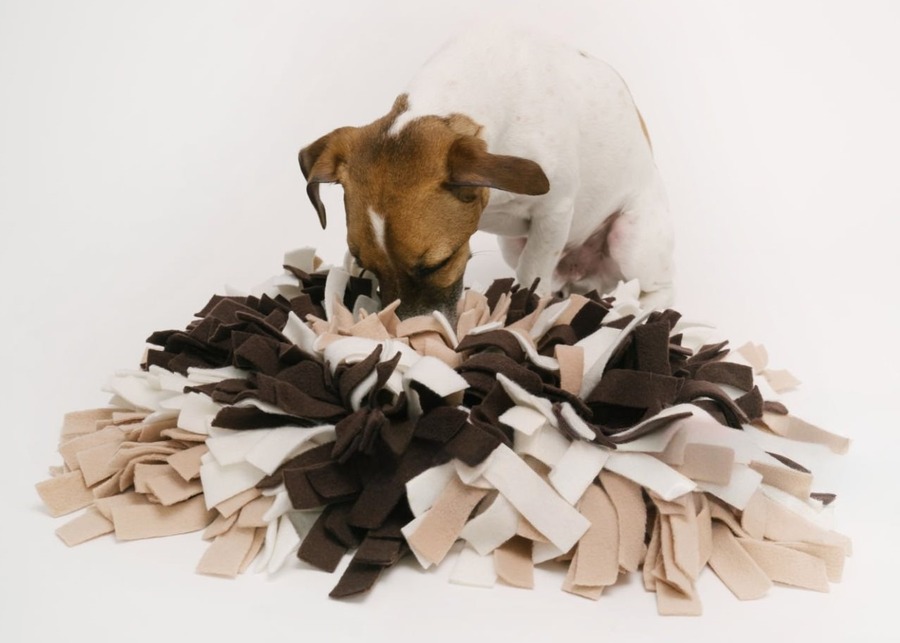Frustrated by digging toys that break or get ignored? You’ve invested in a product meant to satisfy a dog’s core instinct, but it’s not delivering results or sales.
The best digging dog toys solve a behavioral need by safely mimicking natural foraging or denning. They combine durable, dog-safe materials with engaging, multi-layered designs that reward a dog’s effort, preventing boredom and destructive behavior. Success lies in expert design and manufacturing, not just concept.
This article isn’t a sales pitch. It’s a transparent look into our 10+ years of experience helping global brands develop, manufacture, and perfect digging dog toys. We’ve seen what works, what fails, and we have the data to prove it. We want to share these insights with you. We will walk you through the common pitfalls we’ve observed and then show you the exact strategies we use to build toys that capture the market. This is about moving from costly mistakes to profitable success.
What Exactly Is a "Digging Dog Toy"?
Tired of vague product descriptions that don’t help? You see "digging toy" everywhere, but the term seems to cover everything from simple mats to complex puzzles, leaving you confused.
A digging dog toy is a "behavioral solution" product. Its primary job is to provide a safe and appropriate outlet for a dog’s natural instinct to dig. We classify them into distinct categories based on their design focus and how they engage the dog.
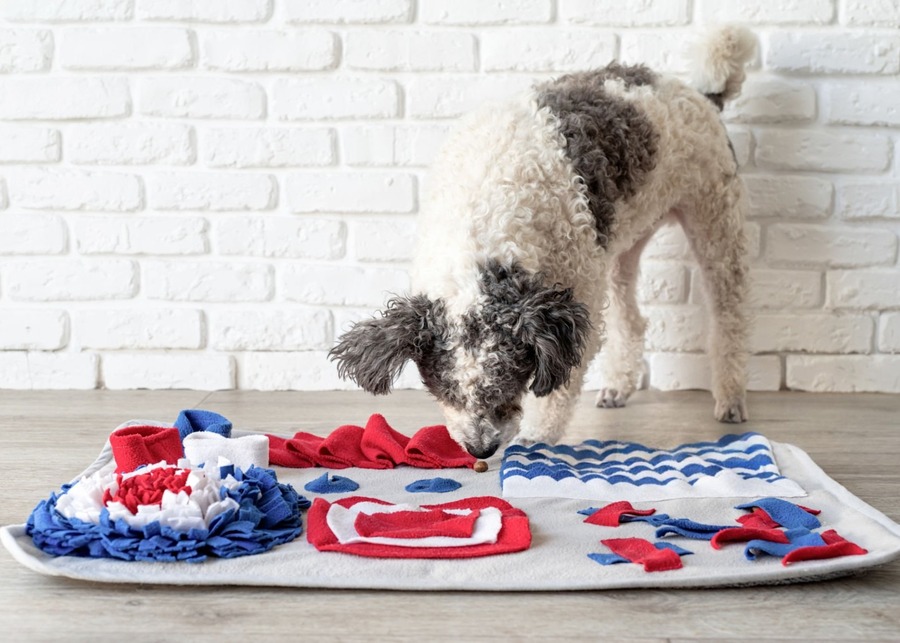
Instead of thinking of a single product, it’s better to see this as a category of solutions. Each sub-type targets the digging instinct in a slightly different way. Understanding this is the first step to choosing or developing a product that actually works for a specific audience or canine size. A toy that’s perfect for a small terrier might be useless for a large retriever.
Here’s how we break down the market to help our clients find their niche:
Main Categories of Digging Toys
| Toy Type | Primary Design Focus | Best For |
|---|---|---|
| Snuffle Mats | Hiding treats in fabric strips to encourage nose work and light digging. | Slow feeding, mental stimulation, low-intensity foraging. |
| Burrow Toys | A main "den" plush toy containing smaller "critter" toys to be pulled out. | Mimicking hunting prey from a burrow, light puzzle-solving. |
| Digging Boxes/Pits | A contained box with multiple fabric flaps or pockets for deep hiding. | More intense digging simulation, for dogs with high energy. |
| Puzzle Feeders | Complex designs with sliders and compartments that require digging and manipulation. | Advanced mental challenges and problem-solving skills. |
A failure to match the toy type to the dog’s specific digging intensity and the owner’s goals (e.g., slow feeding vs. energy burning) is a primary reason for poor market performance.
Why Is Digging a Natural Instinct for Dogs?
Ever wonder why your dog is obsessed with digging? It’s not just a bad habit; it’s a deep-seated instinct passed down from their ancestors, and most toys completely miss the point.
This behavior is hardwired into their DNA. Successful product design must directly address the core motivations behind it. Simply making a toy that can be torn at isn’t enough; it must satisfy the "why" behind the dig to be truly engaging for the dog.
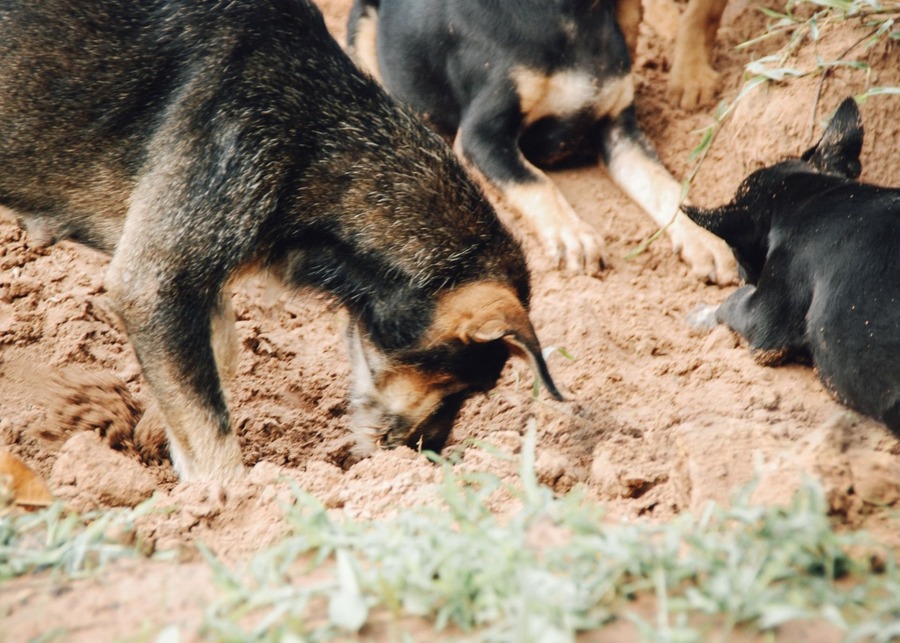
From our experience in product development, we’ve learned that you can’t fight this instinct. You have to work with it. We’ve pinpointed three key evolutionary drivers for digging1. A toy that only addresses one of these will have limited appeal. A truly great digging toy cleverly blends elements from all three to create an irresistible experience for the dog.
The Three Primal Motivations for Digging
-
Foraging (The Search for Food)2:
The most powerful driver. A dog’s ancestors dug for roots, insects, and buried carrion. This is why toys that hide treats are so effective. The design must make the "hunt" challenging but ultimately rewarding. If it’s too easy, the dog gets bored. If it’s too hard, the dog gets frustrated and gives up. -
Nesting/Denning (The Need for Shelter)3:
Dogs dig to create a safe, comfortable space. This is about manipulation of the environment. Toys that allow dogs to burrow inside, move flaps of fabric, and "rearrange" the play area tap into this nesting instinct. It gives them a sense of control and security. -
Recreation (The Joy of Play)4:
Sometimes, digging is just plain fun. It releases pent-up energy and fights boredom. A good toy must provide sensory feedback—different textures, crinkle sounds, and parts that can be satisfyingly ripped or pulled without the toy falling apart.
A best-selling design we helped develop featured a multi-layered "log" where dogs had to dig through soft fleece "moss" to find crinkly "bugs" and hidden treat pockets. It satisfied foraging, the "den" of the log satisfied nesting, and the sounds satisfied recreation.
What Drives the Market for Digging Toys?
Wondering if this niche is actually profitable? You see these toys online, but it’s hard to tell if it’s a fleeting trend or a stable market with real growth potential.
The market for digging toys is not a fad; it’s fueled by three powerful and permanent shifts in pet ownership. For a brand owner, understanding these drivers is key to seeing the clear business opportunity and calculating your potential return on investment (ROI).
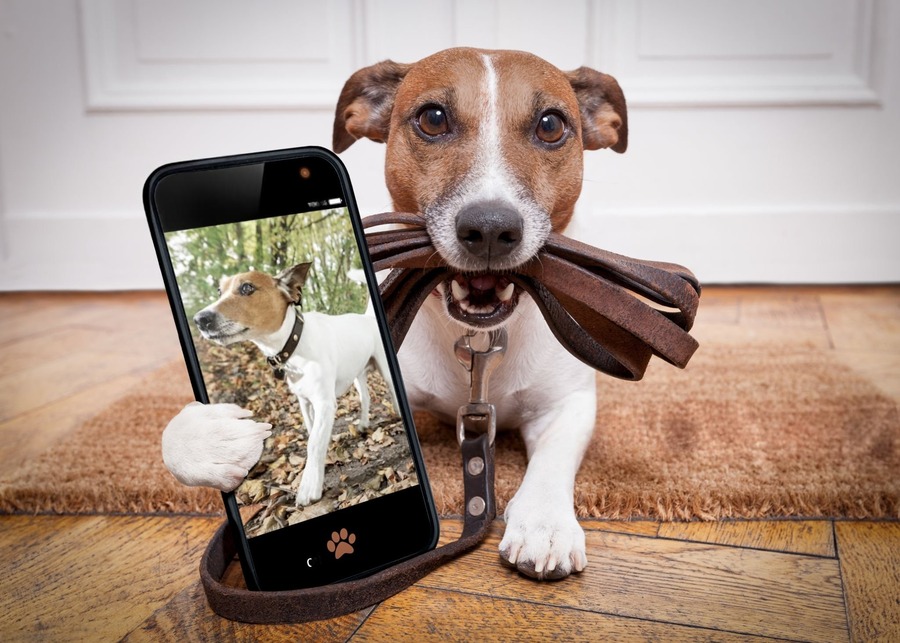
We advise our clients to look beyond the product itself and analyze the fundamental consumer trends creating the demand. These are not just about people loving their pets; they are about specific, modern problems that digging toys solve, making them a necessary purchase for millions of households. Investing in this category means you are aligning your brand with major, long-term market forces.
The Three Growth Engines of the Digging Toy Market
-
Engine 1: The Humanization of Pets
Today’s owners see their pets as family and are deeply invested in their mental and emotional well-being. They are no longer just buying "chew toys"; they are seeking out "enrichment tools." A digging toy is an easy-to-understand solution for canine boredom and anxiety, making it a compelling purchase for a concerned pet parent. -
Engine 2: The Rise of Indoor Pet-Keeping
More dogs are living in apartments and homes with small yards. They lack a natural outlet for their energy. This creates a massive demand for indoor solutions that prevent destructive behaviors like digging up couches or carpets. A digging toy directly solves this problem, protecting the owner’s furniture and the dog’s well-being. -
Engine 3: Social Media Visual Appeal
Videos of dogs frantically and joyfully digging into a snuffle mat or burrow toy are incredibly shareable. They are cute, funny, and demonstrate the product’s effectiveness in a visually engaging way. This built-in "virality" provides free marketing and drives impulse buys, creating a powerful sales cycle for brands with a visually appealing product.
Why Do Most Designs Lack Durability?
Is your brand getting bad reviews for toys that fall apart? You chose what you thought was a strong fabric, but customers are complaining that seams are ripping after just one use.
The failure point is almost never the fabric itself; it’s the manufacturing process. Most factories cut corners on construction to lower costs. They use weak, single-line stitching that simply cannot withstand the pulling and tearing forces of an excited dog.
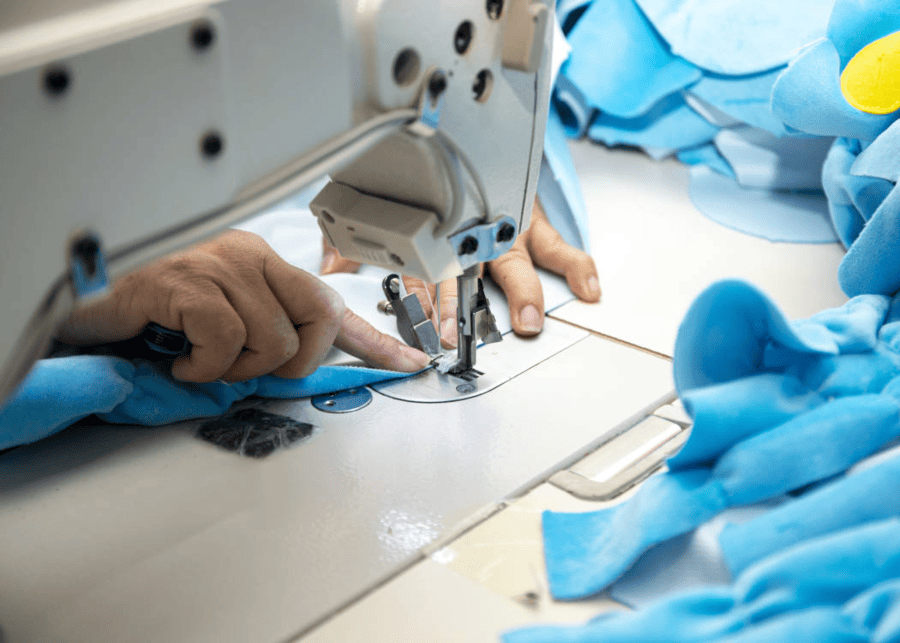
We perform "forensic" teardowns of failed competitor products for our clients. The story is always the same: weak points at the seams. This is where a specialist manufacturer makes a critical difference. We don’t just source fabric; we engineer the construction of the entire product for maximum durability. This technical expertise is the single biggest factor in creating a 5-star product versus a 1-star liability.
A Forensic Look at Toy Construction
When we evaluate a toy’s durability, we look at specific technical details that most suppliers overlook. These are the non-negotiable standards we apply to the products we manufacture for our clients.
-
Stitching: The Most Common Point of Failure
The industry standard is often a simple, single-line chain stitch. This is cheap and fast, but it unravels easily under stress. Our standard is a double-stitched, interlocking seam. This creates a backup system; even if one thread breaks, the other holds the seam together. -
Reinforcement: Protecting High-Stress Areas
Think about the corners of a pocket or where a strap is attached. These are high-stress zones. We use a technique called bar-tacking, which is a series of dense, zigzag stitches that lock the seam in place. It’s the same technique used on jeans and heavy-duty outdoor gear. It costs a few cents more per unit but increases the toy’s lifespan tenfold. -
Fabric Choice and Layering
Using a single layer of even the strongest fabric is a mistake. We often recommend a dual-layer approach: a durable outer shell (like Oxford fabric) to resist abrasion, and a soft inner layer (like fleece) to protect the seams from the inside and provide a better tactile feel.
Can Poor Design Lead to Canine Boredom?
Does your digging toy get ignored after the first few uses? The initial excitement is there, but it quickly fades, and the dog goes back to chewing the furniture.
Yes, absolutely. A poorly designed toy has a steep "playability decay curve." The novelty wears off fast because the challenge is static and unrewarding. Our goal as designers and manufacturers is to flatten this curve, creating a toy that remains engaging for weeks, not minutes.
We approach this problem scientifically. A dog’s brain, much like a human’s, craves novelty and a sense of accomplishment. A toy that is a "one-and-done" puzzle offers no long-term value. To keep a dog coming back, the play experience must evolve. We build specific features into our custom designs to ensure the toy’s lifecycle is extended, which in turn increases its perceived value to the customer.
How We Flatten the Playability Decay Curve
We focus on three key design principles to ensure long-lasting engagement:
-
Variable Difficulty:
We design toys with multiple layers or types of challenges. For example, a digging box might have simple, loose flaps on the outside, but tighter, more complex pockets on the inside. This allows the dog to "level up" as they get better at it. The owner can also start by hiding treats in the easy spots and progressively make it harder. -
"Refillable" and "Expandable" Systems:
The toy should be a platform, not a single-use item. Burrow toys are a perfect example. The main toy is the "den," and the owner can buy new sets of small "critter" toys to stuff inside. This refreshes the experience and creates an opportunity for repeat sales of expansion packs. -
Multi-Sensory Stimulation:
Boredom comes from a lack of stimulation. We layer different sensory experiences into one toy. We might use a crinkly material in one pocket, a squeaker in another, and different fabric textures (e.g., smooth, corduroy, fleece) throughout. This keeps the dog exploring, as each interaction provides a different type of feedback.
What Are Common Safety Hazards in Dig Toys?
Are you worried about a product recall or a lawsuit? A single safety incident can destroy a brand’s reputation overnight, and digging toys have unique risks that are often overlooked.
The most common hazards are small, easily detached parts like plastic eyes or noses, weak seams that release stuffing, and toxic materials. These issues don’t just create choking hazards; they create massive brand risk and legal liability for you, the brand owner.
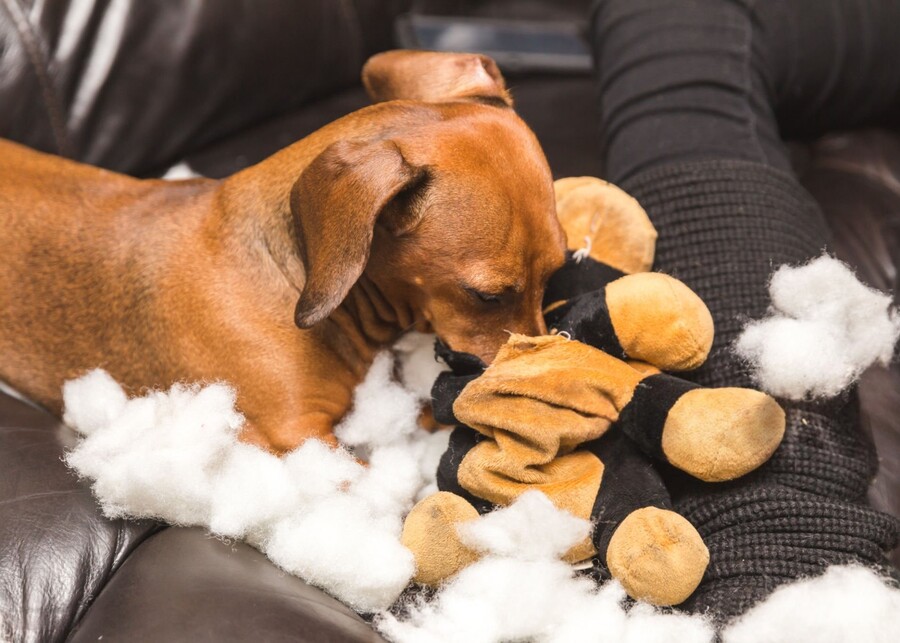
We approach safety from a brand risk management perspective. A negative review about a toy that fell apart is bad. A social media post about an emergency vet visit because a dog swallowed a plastic part is catastrophic. Our job is to protect your brand by engineering safety into the product from the very beginning. This isn’t just about passing a test; it’s about anticipating every possible way a dog could interact with the toy and eliminating risks before they ever make it to production.
Our "Design for Safety" Protocol
We build safety into the design and manufacturing process, rather than trying to inspect it at the end.
-
Elimination of Small, Hard Parts:
We advise against any glued-on or hard-sewn plastic components (eyes, noses, buttons). All features should be created with embroidery. It achieves the same visual effect with zero risk of a small part being chewed off and ingested. -
Internal Component Security:
If a toy contains a squeaker or crinkle material, it is sewn into its own reinforced pouch made of durable fabric before being placed inside the toy. This provides a crucial second layer of protection if the outer seam is ever compromised. -
Material Vetting and Certification:
We ensure all materials, from the fabric to the dyes to the thread, are non-toxic and pet-safe. We maintain documentation and certifications for our raw materials to provide our clients with full transparency and peace of mind. A cheap, unvetted material is the biggest gamble a brand can take.
Which Materials Ensure Both Safety & Bite-Resistance?
Confused about which fabric to choose? You need something tough enough to resist chewing but soft enough to be safe and appealing. Choosing the wrong material leads to returns and bad reviews.
The secret isn’t finding one "perfect" material. It’s about using a smart combination of materials for different parts of the toy. A successful digging toy uses a solutions matrix, matching the right fabric to the right function to balance durability, safety, and cost.

We act as material consultants for our clients, helping them navigate these trade-offs. A client might request the toughest material possible, but we’ll explain that it might be too harsh on a dog’s nose for a snuffle mat. It’s about creating a balanced product that performs well on all fronts. Below is a simplified version of the solutions matrix we use to guide our clients.
Our Material Solutions Matrix
| Material | Key Strengths | Potential Weaknesses | Best Use Case |
|---|---|---|---|
| 600D Oxford Fabric | Excellent abrasion and tear resistance, easy to clean. | Can be stiff, less "cuddly" than plush. | The outer shell of a digging box, reinforcement patches. |
| Crystal Velvet/Minky | Very soft, gentle on the nose and mouth, holds scent well. | Less durable than Oxford, can be torn by aggressive chewers. | Snuffle mat strips, the lining of burrow toy pockets. |
| Polar Fleece | Soft, stretchy, and durable. Doesn’t fray when cut. | Can attract and hold pet hair. | The "flaps" on a digging puzzle, treat-hiding strips. |
| Canvas | Extremely durable and rugged, has a premium feel. | Can be heavy, higher cost than synthetics. | High-end toys, toys for large and powerful dog breeds. |
Our most successful designs often combine these: a rugged Oxford fabric exterior with soft, fleece-lined interior pockets. This gives the owner confidence in the toy’s durability while giving the dog a satisfying and comfortable digging experience.
How to Design for a Rewarding Digging Experience?
How do you turn a generic product into a brand story? You have a great brand, but your toys look like everyone else’s. An engaging design is what separates a commodity from a must-have item.
The best way is to build the toy around a core story that resonates with your customers. A unique, story-driven design transforms the product from a simple toy into a memorable brand experience that customers will want to share.
Let me share a story. We had a client, Alex, who owns a successful brand of outdoor adventure gear. He saw his customers bringing their dogs on camping trips and wanted to extend his brand into the pet space. He didn’t just want a toy; he wanted to translate the feeling of camping into a product for dogs. This is where our ODM (Original Design Manufacturing) process shines. We created a new product from scratch that told his brand’s story.
Case Study: The "Campsite Dig Toy"
-
The Concept:
Alex’s idea was brilliant: a toy that looked like a miniature campsite. The goal was to create an interactive scene, not just a single object. He wanted something that would look great in photos shared by his outdoorsy customer base. -
Our Design Process:
Our design team took his concept and broke it down into play functions. We sketched out a central "campfire" made of soft, crinkly plush. Around the fire, we designed three removable "logs." Each log was a puzzle in itself.- Log 1: Made of durable canvas (matching his brand’s tents) with simple fleece pockets to hide treats.
- Log 2: A burrow toy shaped like a log, with small, squeaky "chipmunk" characters inside.
- Log 3: A snuffle-style log with multiple layers of fabric "bark" for hiding kibble.
-
The Result:
The final product was a multi-toy system that offered variable difficulty and a rich sensory experience. It perfectly captured the essence of Alex’s brand. It wasn’t just a digging toy; it was a piece of the adventure lifestyle he sold. This unique, story-driven design became his best-selling pet product, strengthening his brand identity and creating a powerful connection with his customers.
How Can Customization Boost Your Brand’s Appeal?
Think customization is just about adding your logo? That’s the most basic step, but true brand empowerment comes from going much deeper to create a product that is uniquely yours.
Real customization transforms a generic item into a signature product. It allows you to align the product’s look, feel, and function with your brand’s specific identity and quality standards. This is how you escape price wars and build a loyal following.
We guide our clients through a tiered approach to customization. Each level offers a greater degree of differentiation and brand control. Moving up these levels is how small brands become market leaders. It’s about making the product an undeniable extension of your brand’s promise to the customer.
The Three Levels of Brand Customization
We see customization as a journey, and we can partner with you at any stage.
-
Level 1: Logo & Packaging (Basic OEM)
This is the starting point. We take one of our proven, existing product designs and apply your brand’s logo and custom packaging. It’s a fast and cost-effective way to get to market, but the core product is not unique to you. -
Level 2: Material & Colorway (Advanced OEM)
This is where brand identity starts to take shape. You select the specific fabrics, colors, and textures that match your brand’s visual system. If your brand uses a specific shade of blue, we’ll dye the fabric to match. This creates a cohesive look across your entire product line. -
Level 3: Structural & Functional (True ODM)
This is the highest level of partnership. We work with you to design and engineer a completely new product from the ground up, like the "Campsite Dig Toy" we created for Alex. This results in a proprietary, often patentable, product that no one else has. It becomes a true brand asset and a powerful competitive advantage.
Why Partner with a Specialist Manufacturer?
Are you wasting time and money juggling multiple suppliers? Coordinating with different factories for toys, bowls, and beds is complex, costly, and leads to inconsistent quality and high shipping fees.
Partnering with a specialist one-stop manufacturer dramatically reduces your "Total Cost of Ownership" (TCO). The value isn’t just in the unit price; it’s in the massive savings on time, logistics, and quality control that come from a streamlined process.
Let me tell you about Isabelle, the owner of a growing pet store chain in France. She used to spend hours each week communicating with five different factories. Her shipping costs were high because each factory sent a separate, small shipment. Quality was a constant worry. We showed her how our one-stop sourcing service could solve these problems and directly impact her bottom line.
Case Study: Lowering Total Cost for Isabelle
Isabelle’s goal was to streamline her procurement to free up time for marketing and growing her business. Here is how we helped her lower her TCO:
-
Reduced Communication Costs:
Instead of managing five points of contact, she now has one dedicated account manager at Preeminent. She sends us one consolidated purchase order for all her needs—from digging toys to pet beds. We handle all the backend coordination. This saved her an estimated 10-15 hours of work per week. -
Lowered Logistics Costs:
We consolidated all her products from our extensive supply chain into a single shipment. By expertly packing the container to maximize space and minimize volume, we were able to cut her freight costs by nearly 30% compared to her previous fragmented shipping method. -
Minimized Quality Risk Costs:
We performed rigorous quality checks on every single item before it was loaded, ensuring consistency across all product categories. This eliminated the risk of her receiving a bad batch from one factory, which would have resulted in lost sales and return processing costs.
By partnering with us, Isabelle didn’t just buy products; she bought efficiency, reliability, and peace of mind.
Conclusion
A successful digging toy is no accident. It requires a deep understanding of dog behavior, smart design, and expert manufacturing. Partner with us to create toys that truly sell.
-
Understand the deep-rooted instincts that drive your dog’s digging behavior and how to address them. ↩
-
Explore how foraging toys can enhance your dog’s playtime and satisfy their natural instincts. ↩
-
Learn about the importance of nesting toys in providing comfort and security for your dog. ↩
-
Discover top-rated toys that keep your dog entertained and engaged while promoting healthy play. ↩

